The name Steel City usually stands for Pittsburgh, Pennsylvania, once America’s largest steel producing city. But today’s quick road trip takes us to Pennsylvania’s other, much smaller, but not less important Steel City: Bethlehem and its Steel Stacks historic landmark.
A Brief History of Bethlehem and Bethlehem Steel
Bethlehem and Bethlehem Steel once seemed inseparable. As the city’s largest employer, the City lived and breathed steel and smoke from the plant’s smoke stacks. Nestled on the left bank of the Lehigh River, the plant produced iron and later steel, from 1857 until its closure in 1995. The aging mill that once produced steel for America’s warships and railroads could no longer compete on the globalized steel market.
A New Landmark Is Born
Bethlehem Steel realized how important the mill was to the City’s identity. It sought to transform the plant into a cultural center and museum that would preserve some of its history and provide a backdrop for art installations and cultural events. Today, the site is home to the National Museum of Industrial History and the Steel Stacks arts space, which hosts a variety of cultural events.
Visiting the Steel Stacks
Visiting the former steel mill is convenient. There is ample free parking both at the visitor center, and next to the adjacent Wind Creek Casino & Hotel. The casino has a decent albeit pricey food court, a variety of retail outlets, and large, clean bathrooms. I decide to park there, grab lunch, and tour the site afterwards.
I take the staircase up to the Hoover Mason Trestle, the elevated railroad that used to dump ore into the blast furnaces. It has been turned into an elevated park, reminding me of a smaller Manhattan High Line. From the trestle, you can get a close-up view of the blast furnaces and can take a peek inside the old engine house. It’s easy to miss the two parked trains with their hopper cars that seemingly blend in with the landscaping and vegetation that’s slowly taking over. Note that none of the buildings are accessible, save for the gift shop and the museum, which is closed on Mondays & Tuesdays.
A Landmark in Peril
Walking on the Hoover Mason Trestle, you readily see why most buildings are blocked off. They haven’t been restored since the mill’s closing in 1995. The interiors have been left exposed to the elements. Trees and shrubs planted on the Hoover Mason trestle have long escaped their designated habitat. Butterfly bushes and staghorn sumac trees are growing through walls, on roofs, and in between the furnaces. Nature will eventually reclaim this piece of industrial history, so come see it today while it still stands.

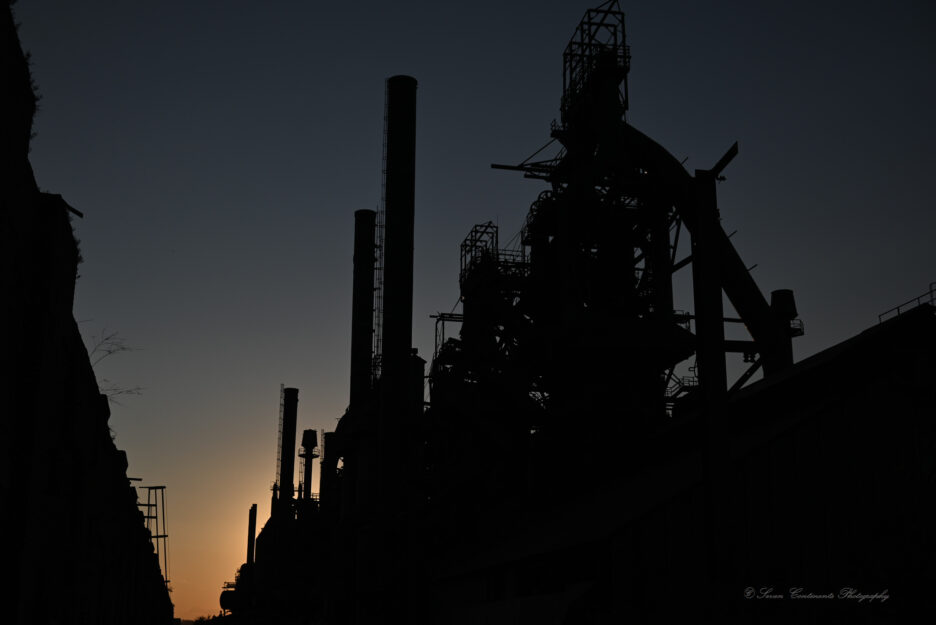
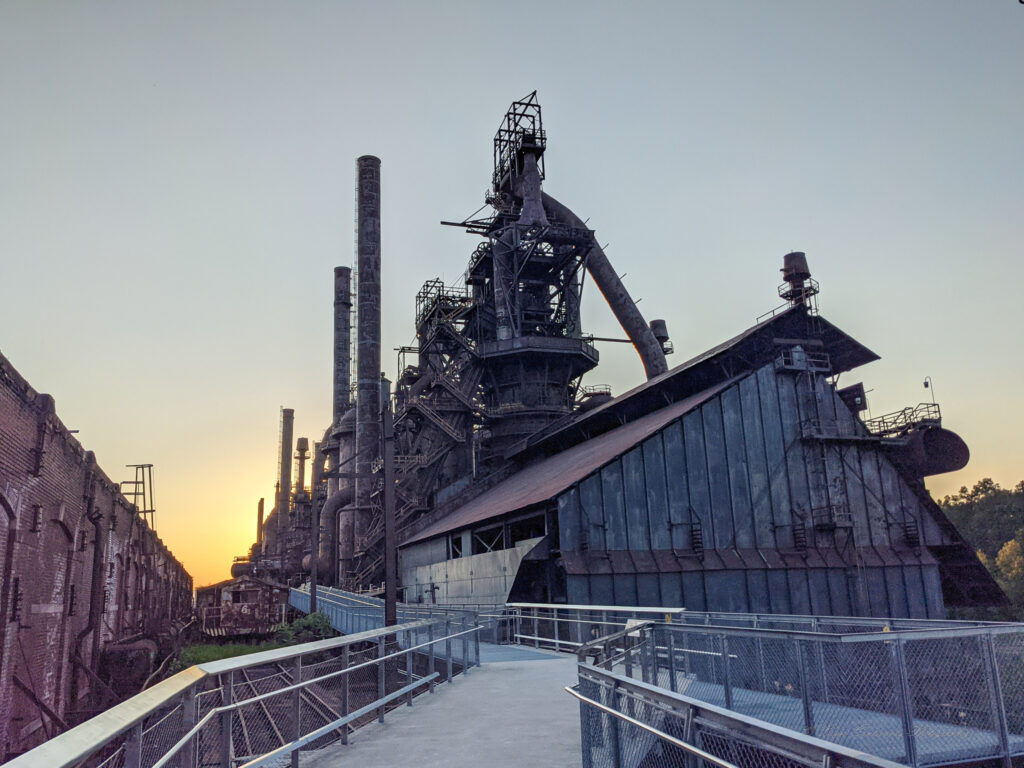
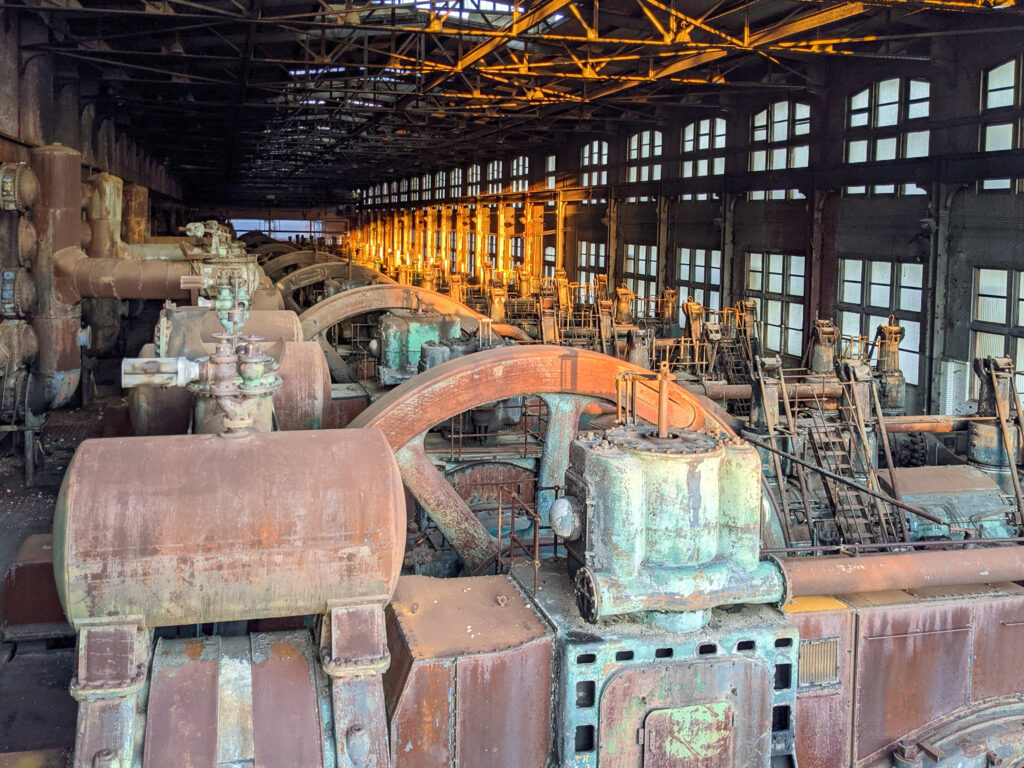
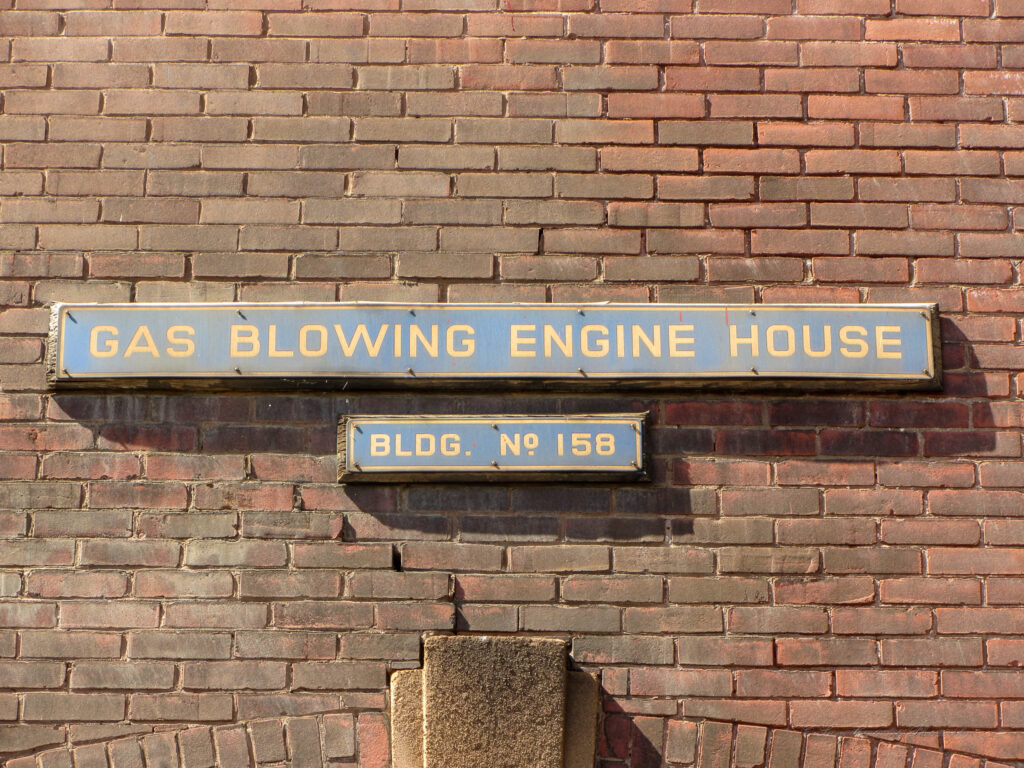
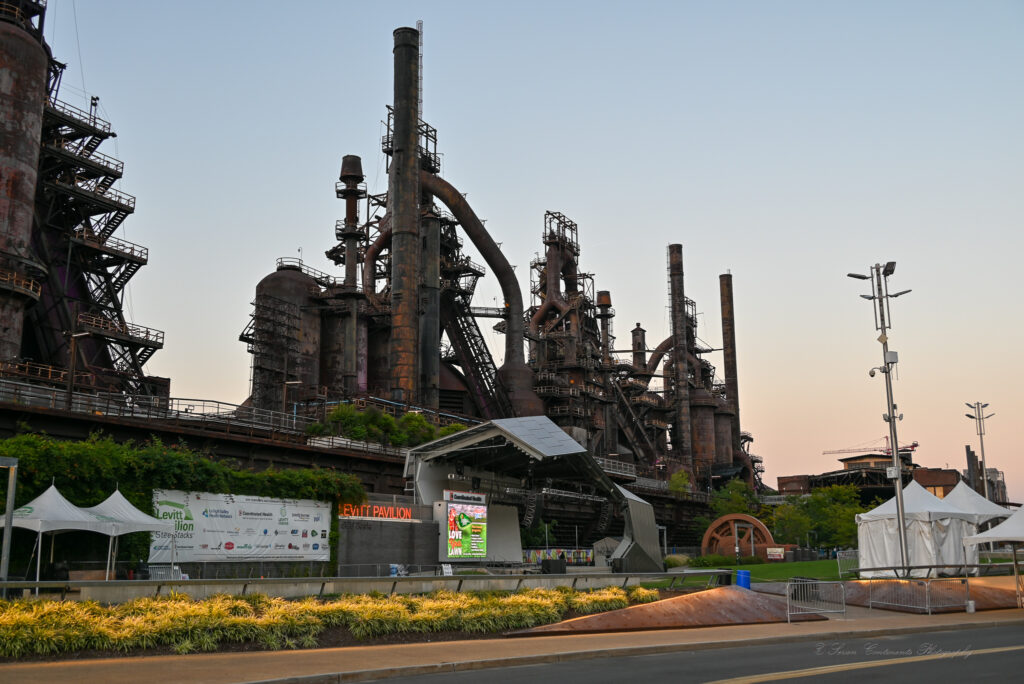
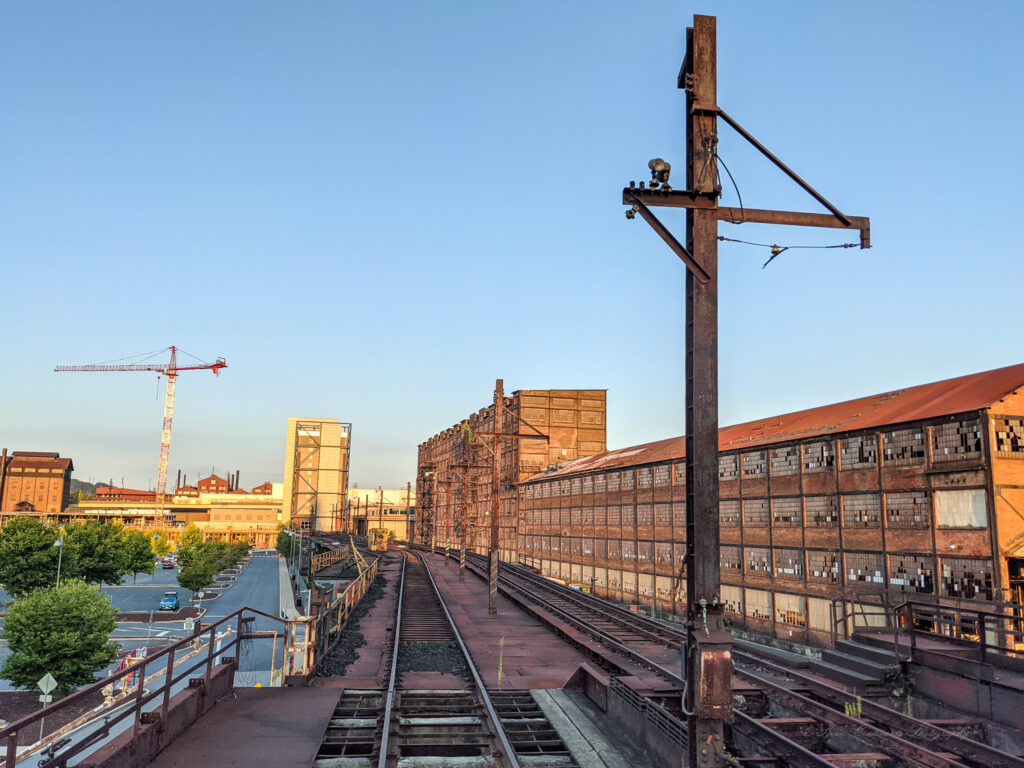
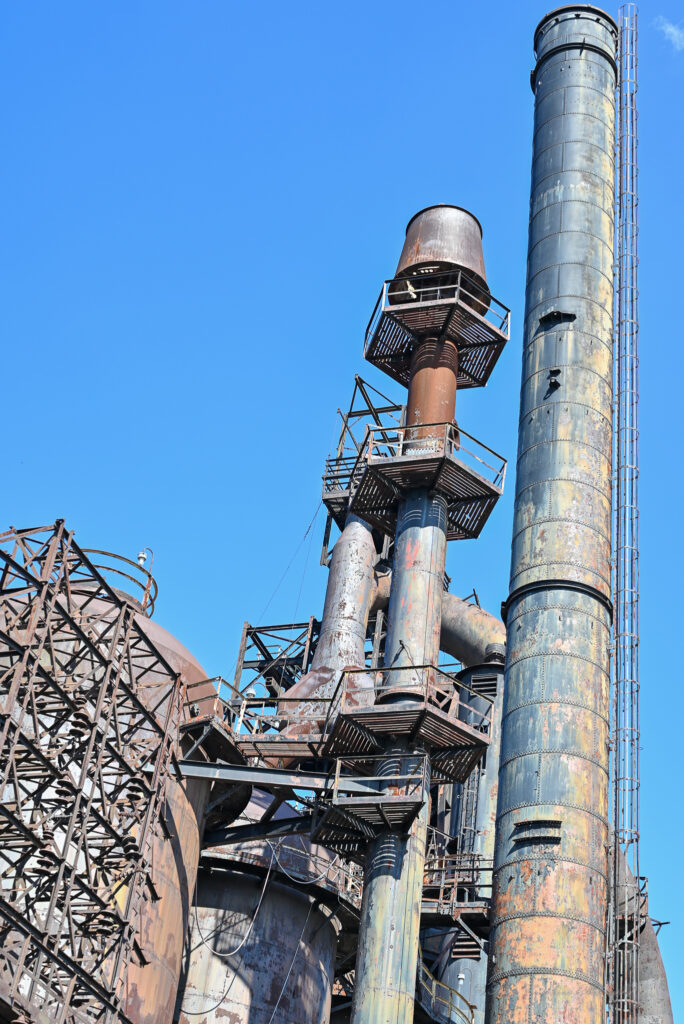
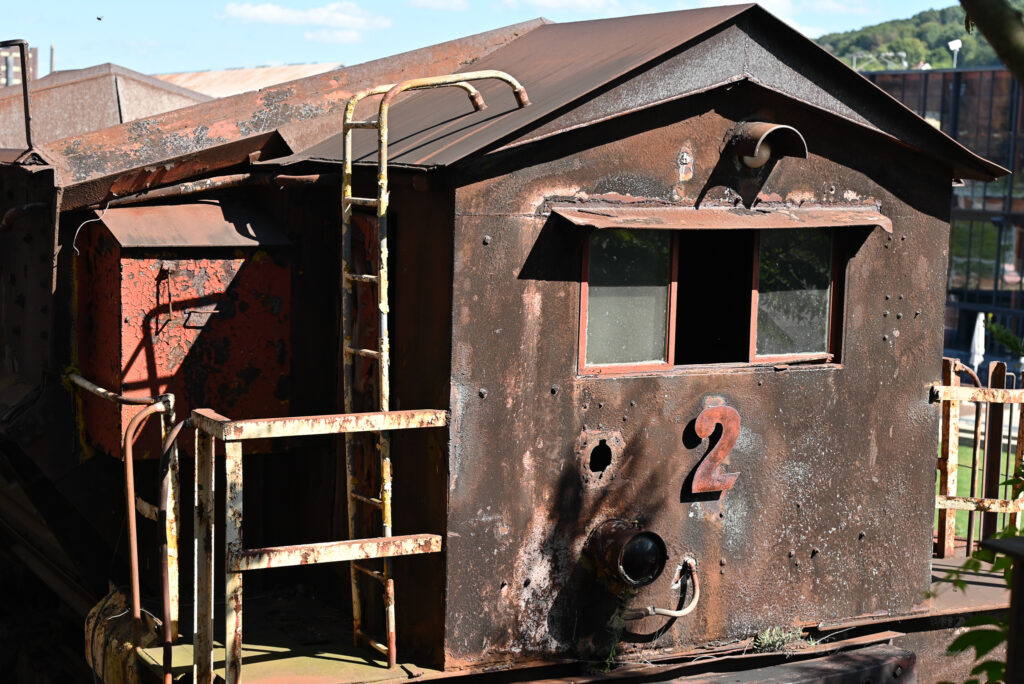
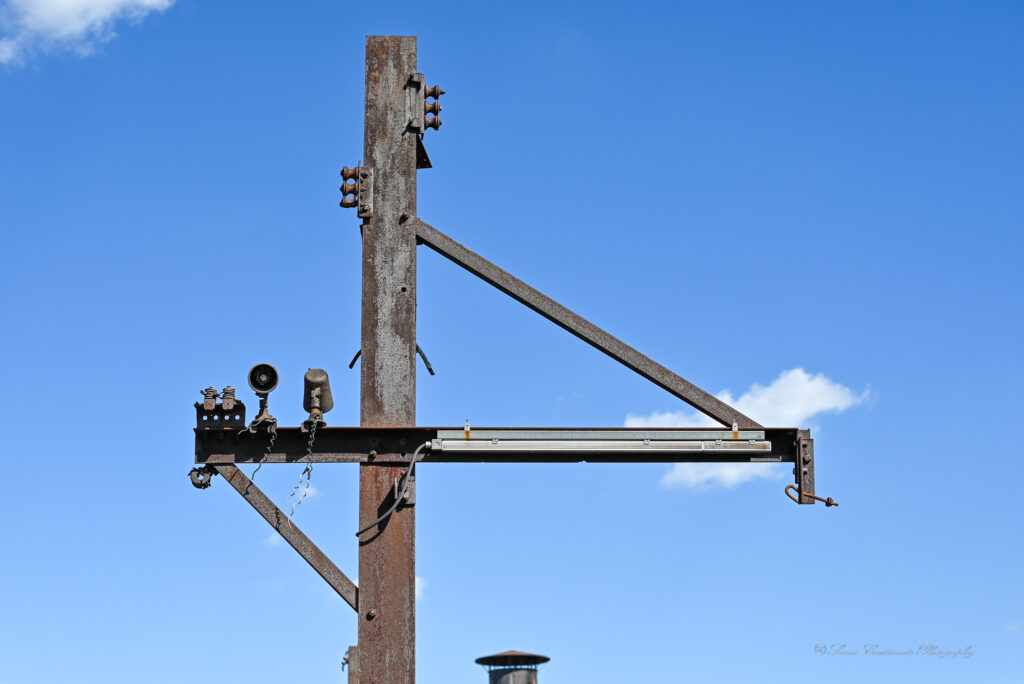
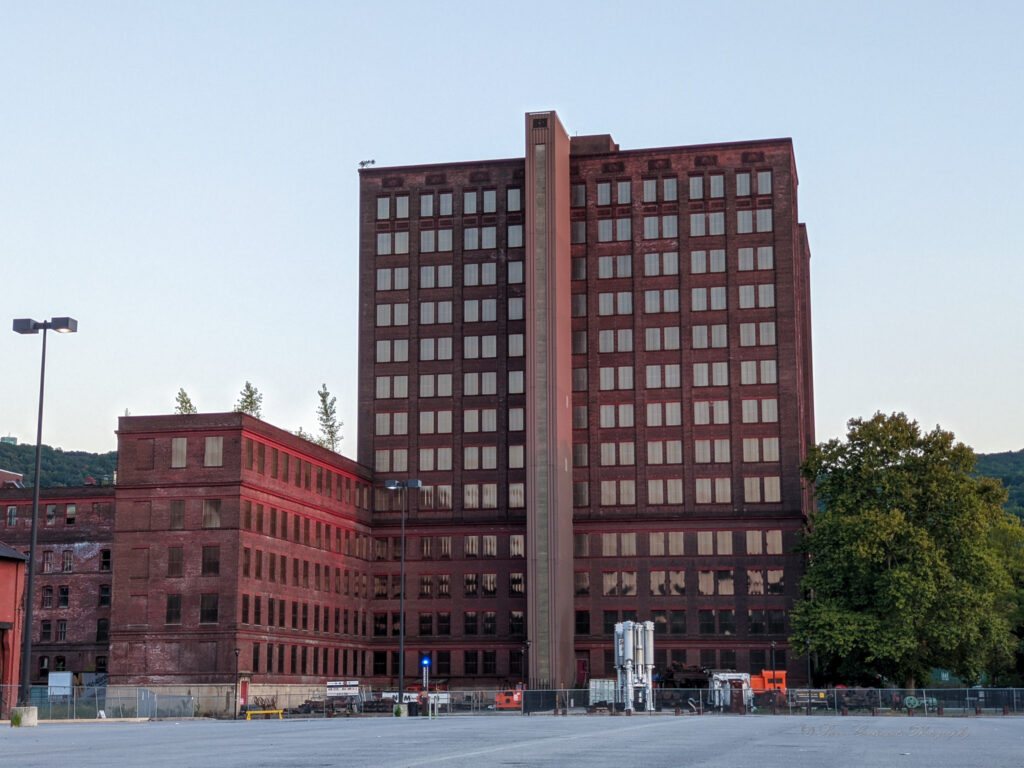
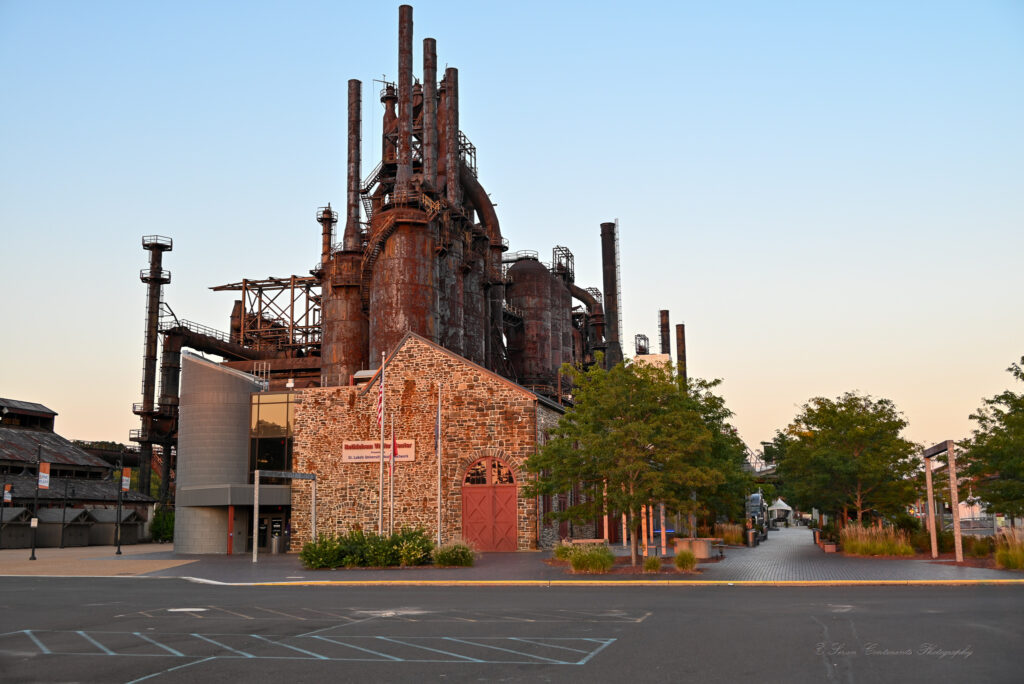
Recent Comments